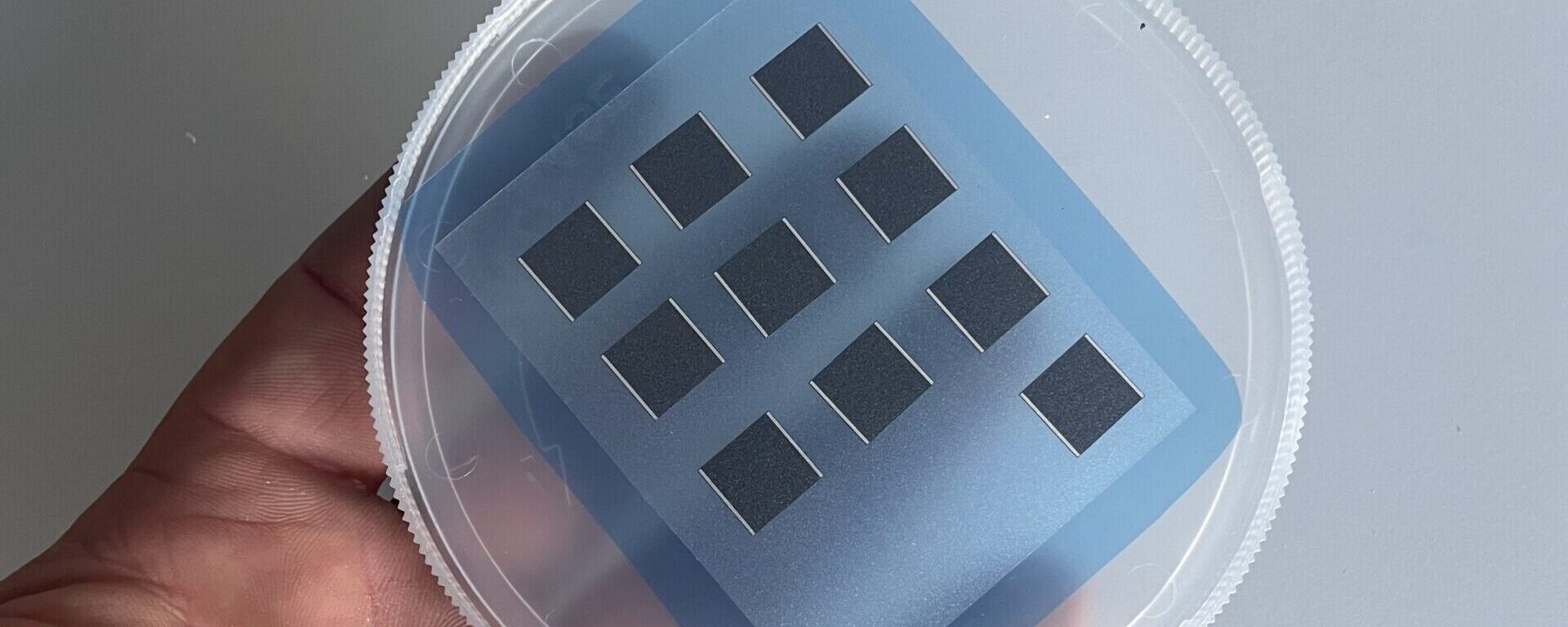In our research Lab, we analyzed data from the NASA James Webb Space Telescope, developed in partnership with ESA and CSA – the transmission spectrum of our atmosphere. We have studied absorption peaks related to the elements composing it.

Standard photovoltaic technology converts with an average efficiency of 20% only the visible part of the light spectrum ranging from 380nm to 700nm. All the remaining part of the energy spectrum is transferred to the photovoltaic solar panel in forms of heat, decreasing drastically its performance. Furthermore, there is also a hidden problem related to the reflected light from the surrounding environment.
With the MK 2 photovoltaic Technology developed by I²T, we have achieved outstanding efficiency results by playing with interference and from many small low energy waves achieved as a result the conversion of a small number of high-energy waves into electricity by a specific bandwidth tailored nanostructured material.
We have tested the material in collaboration with KIWA and the University of Padova in different scenarios with resulting quantum efficiency higher than 80%.

The night sky is full of energy in terms of low energy radiations under the spectrum of infrared and microwaves, and in some specific frequencies their power can be greater than the one of the sun. The developed nanostructured material has been designed to empower these frequencies to be able to produce energy also during the night.
The I²T MK 2’s very important ability is the more powerful conversion of solar energy into electricity. The material has a photosensitivity of up to 640KW/m². This property allows for the use of solar radiation focussing parabolas to collect solar radiation (parabolas are of low fabrication and installation cost), and so minimizing the I²T MK 2 nanostructured material costs, as these materials are only required at the parabola’s focal point.
